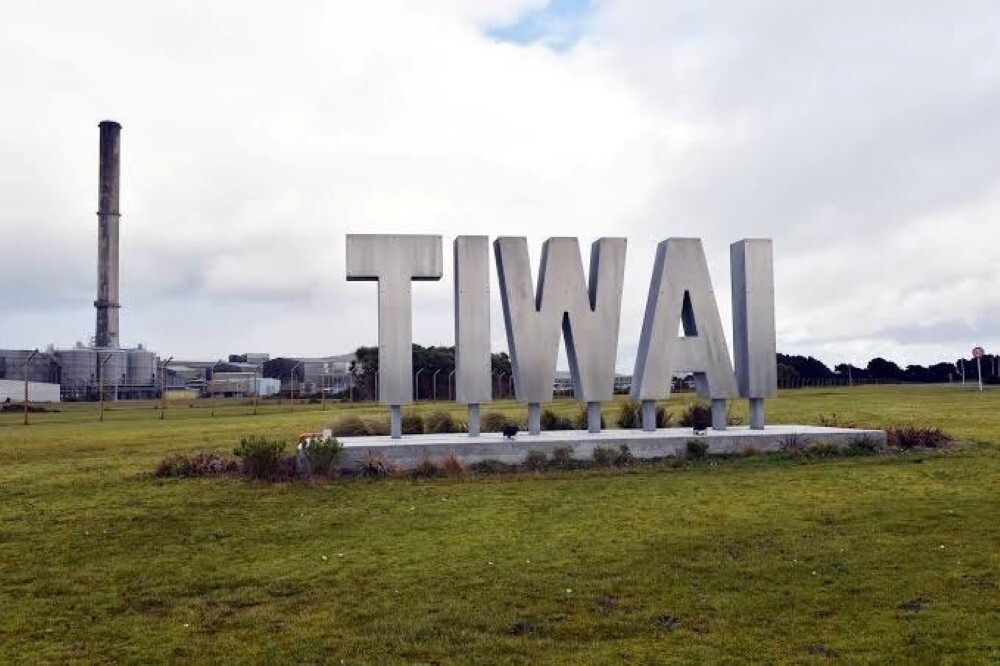

Rio Tinto-owned the New Zealand aluminium smelter at Tiwai Point is eyeing production expansion with hydro lake storage levels on the rise. As per the report, the output is likely to ramp up to 335,000 tonnes per year from June 16, 2025.

Image source: southlandtribune.substack.com
Tiwai Point smelter has gained confidence for expanding its annual production, following assurance from NZX-listed Meridian Energy that New Zealand’s hydro storage levels are now better positioned to support a reliable electricity supply than just a week ago. In light of this development, NZAS and Meridian have reached a mutual agreement to move forward with the expansion plans.
As a result, the smelter is now set to reach full production capacity by August 2025, three months ahead of the previously scheduled November timeline. However, under the terms of their demand response agreement, Meridian retains the option to request Rio Tinto to reduce its electricity consumption at Tiwai Point starting two months after the ramp-up is completed.
Also read: New Zealand Aluminium Smelter to delay its Tiwai potline ramp-up until August’25
As of now, the demand response is said to be 'Option 4' which refers to 185MW but currently is being modified to 50MW.
This way, Meridian will have a demand response referred to as 'option 1' which will be implicated after 60 days of meeting the targeted production. The firms shall also have 'option 2' which will be implicated after 90 days of pushed production to meet the demand.
Owing to this, Mike Roan, the CEO of Meridian Energies stated, "New Zealand’s hydro storage is looking much healthier than it was just a few weeks ago, so we are now confident regarding the security of supply this winter. As a result, we want NZAS to get back to business. This is another example of how willing NZAS is to support New Zealand’s electricity system while making some of the purest, renewable aluminium on the planet and we are hugely appreciative of that."
The electricity sector of New Zealand is deemed to be still suffering from last year's August shortage where the wholesale price went up to USD 820 per megawatt hour (MWh). This has been mainly because of the heavy supply of gas, lowered hydro lake levels and the calming wind conditions. As of March 2025, the price went up to USD 400 per MWh which averaged to USD 180 per MWh during the winters between 2018 to 2023.
In the last week of the previous month, the daily average wholesale price saw a decline amounting to USD 159 per MWh. Under normal conditions, NZAS is said to be consuming around 12 per cent of the total energy produced. However, Meridian Energy might turn down the electricity consumption by NZAS after two months of meeting the demand response agreement.
Also read: 20-year renewable energy deal keeps Tiwai Point aluminium smelter competitive
Responses








